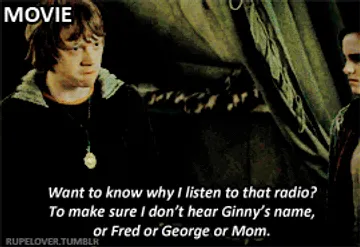
Harry_potter_predictive_programming_genocide.gif
Predictive Programming - Archon Defender 2009 "I was too young to know it at the time but my father knew. The uprising was a lie. The epidemic was a lie. The medical screening was a lie, an excuse to identify the Shard Sensitive."
Predictive_Programming_Archon_Defender_2009.md
22 Years Later, US Still Classifying “Bombshell” Plan to Pull Peacekeepers Out Before Rwanda Genocide
Left: Redacted State Department “bombshell” document, Right: Excerpts from cables reporting on the “bombshell” from the Czech Republic, New Zealand, United Kingdom, and the United Nations’ Kofi Annan.
The tinderbox of Rwanda’s ethnic tensions ignited in April 1994 and mass violence engulfed the country in one of the swiftest campaigns of genocide in history. The National Security Archive’s Genocide Documentation Project’s collection of declassified documents on Rwanda numbers in the thousands, and includes [an April 15, 1994, State Department cable](http://But CIA says it does not possess the papers yet and can't respond to a #FOIA for them (2/2) https://theintercept.com/2016/04/25/how-the-cia-writes-history/) on the U.S.’s decision to pull United Nations forces out of Rwanda; a fact still withheld by State Department redactors even though the information has been released by the Czech Republic, New Zealand, United Kingdom, and the United Nations and published on the Archive’s website.
On April 20, 1994, the Advisor on African Affairs to French President Mitterrand, Bruno Delaye, stated, “There is nothing to say.” According to UNHCR, 100,000 Rwandans would be dead by the end of April and 800,000 would be displaced. The following day, the International Committee of the Red Cross (ICRC) reported that the fighting that started in central Rwanda at the beginning of the month had spread to the rest of the country. Tens of thousands were dead and hundreds of thousands had fled their homes.
However, a plan by the U.S. and the UN to reduce and eventually withdraw the United Nations Assistance Mission for Rwanda (UNAMIR) was already well underway. On April 15, 1994, the U.S. Mission to the UN dropped a “bombshell” on the Security Council, arguing for the complete termination of UNAMIR and the pullout of all peacekeepers in Rwanda.
Reviewers redacted the historic “bombshell” from a State Department cable, however, even though the fact that the U.S. called for the withdrawal of UNAMIR troops, was previously released to the National Security Archive by the governments of the Czech Republic, New Zealand, and the United Kingdom, and the UN’s Kofi Annan in response to FOIA requests. The information had even been published on the Archive’s website and in the critical oral history conference briefing book, “International Decision-Making in the Age of Genocide: Rwanda 1990-1994,” in June 2014.
Declassified notes from an April 21, 1994, Peacekeeping Core Group meeting, written by Susan Rice, detailing discussions surrounding the withdrawal of UN peacekeeping forces from Rwanda.
On April 21, 1994, the same day of the ICRC report, Susan Rice, then the deputy to Richard Clarke of the National Security Council, attended a meeting of the Peacekeeping Core Group (PCG). Her handwritten notes stated, “[Maurice] Barril wants to withdraw 900 tonight,” followed by concerns about setting a “bad precedent, potentially.”1 She then begs the question, “How do we protect people if forces are withdrawn?”
Rice’s prescient notes, among hundreds of pages of other pertinent documents, were declassified in 2015 after the Archive sent a Mandatory Declassification Review (MDR) request to the Clinton Presidential Library, and can be found in the Clinton Digital Library.
The same day of the PCG meeting, the UN Security Council adopted Resolution 912, which cut the size of UNAMIR forces down to 270 people. An April 26, 1994, declassified State Department cable described the policy as, “retain[ing] a small group, including the Force Commander and SRSG, with necessary staff, an infantry company to provide security, and some military observers.”
An April 25, 1994, confidential National Security Council memo from Donald Steinberg, the Council’s Senior Director for African Affairs, reads, “Stories throughout the weekend seem to suggest that we are sitting on our hands while the blood-letting in Rwanda rages. It is true that our capacity to end the killing is painfully limited, but we are undertaking a series of measures.”
An April 25, 1994, confidential memo to the National Security Council addresses the perception that the U.S. was “sitting on [their] hands” during the genocide.
22 years later, it is clear that the international community’s policies in Rwanda were a catastrophe, with an estimated 800,000 to 1 million slaughtered over the course of 100 days. The National Security Archive’s research found that these very decisions contributed to the failure to protect millions of Rwandan civilians from death, rape, and displacement.
In a September 2001 interview, Susan Rice said:
There was such a huge disconnect between the logic of each of the decisions we took along the way during the genocide and the moral consequences of the decisions taken collectively. I swore to myself that if I ever faced such a crisis again, I would come down on the side of dramatic action, going down in flames if that was required.
The Genocide Project’s conference at The Hague in June 2014, in partnership with the United States Holocaust Memorial Museum, assessed these policy decisions with key actors and added to the historical record of the Rwandan Genocide, a record that should not, 22 years later, continue to be hampered by needless secrecy of historically important documents like the “bombshell” cable.
UN Peacekeeping Troops in Rwanda circa September 1994. Photo from personal collection of Prudence Bushnell.
The Genocide Documentation Project, launched in January 2013 in partnership with the United States Holocaust Memorial Museum, explores the failures of the international community to prevent or effectively respond to past cases of genocide. Through detailed case studies, the project’s research seeks to inform international policies regarding the prevention of and response to genocide and mass atrocity. By examining the role of the international community in past incidents of genocidal violence, these case studies help shape the views of a new generation of policymakers both within the United States and around the world.
1. Major General Maurice Barril was the military advisor to UN Secretary General Boutros Boutros-Ghali and in charge of the Military Division of the Department of Peacekeeping Operations during the genocide.
↩
a.md
Genocide Chatroom
achat.mdx
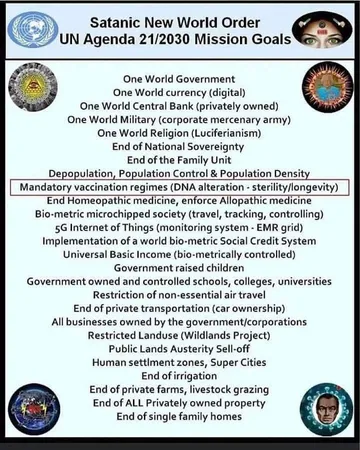
agenda.jpg
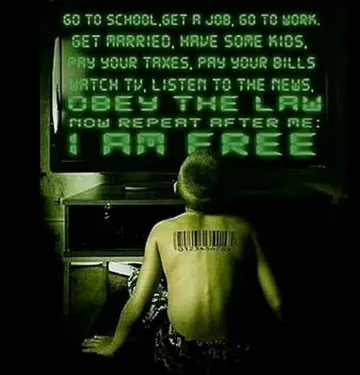
agenda2.jpg
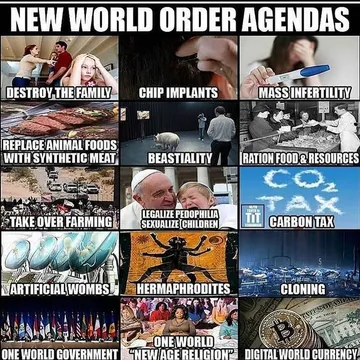
agenda3.jpg
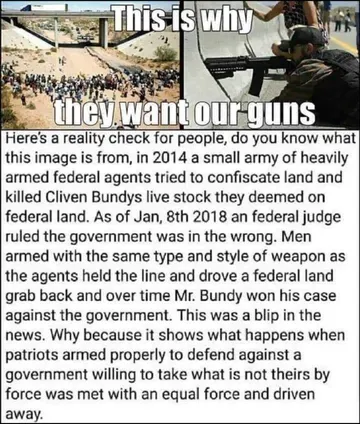
bundy_standoff.jpg

carbon_spike_774.jpg
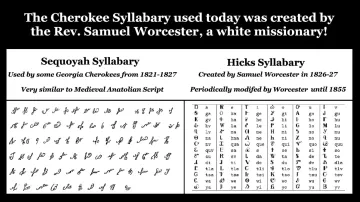
cherokeesyllabarycomparison.jpg
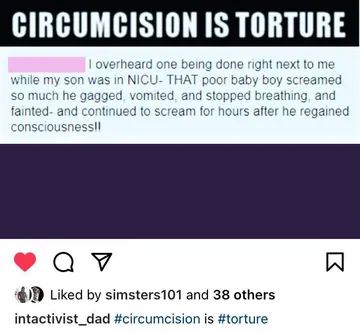
circumcision.jpg
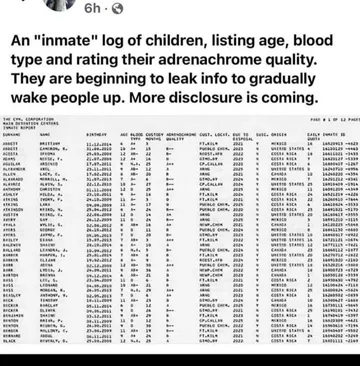
genocide_adrenachrome.jpg
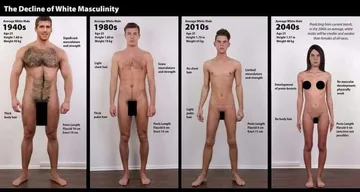
genocide_body.jpg
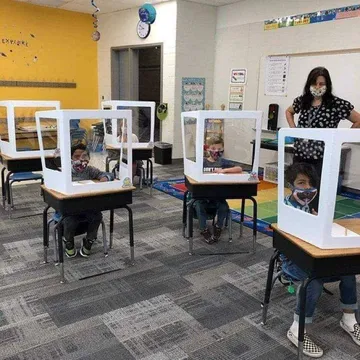
genocide_by_apartheid.jpg
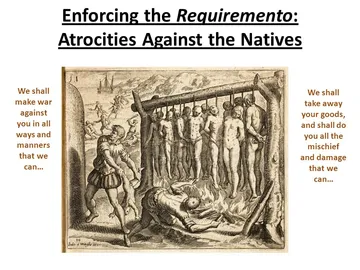
genocide_by_church.jpg

genocide_by_climate_agenda.jpg

genocide_by_cosmetics.jpg

genocide_by_diversity.jpg
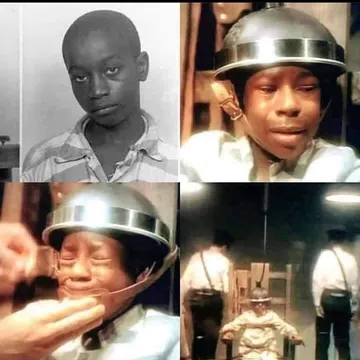
genocide_by_electrocution.jpg

genocide_by_gender_politics.jpg

genocide_by_gmo.jpg
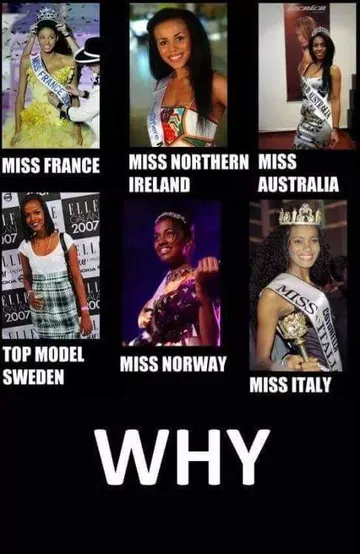
genocide_by_identity.jpg
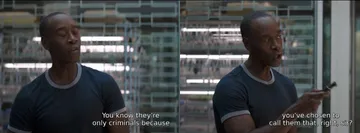
genocide_by_incrimination.jpg

genocide_by_inflation.jpg
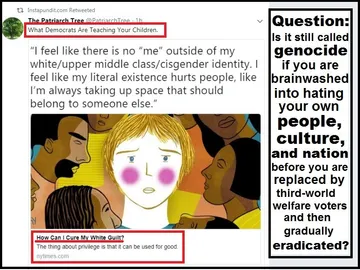
genocide_by_media.jpg

genocide_by_population.jpg
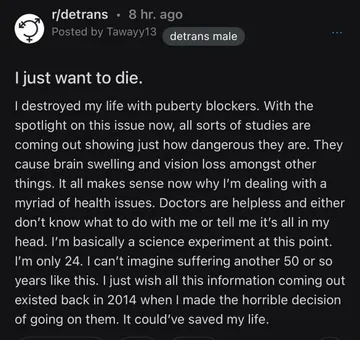
genocide_by_puberty_blockers.jpg
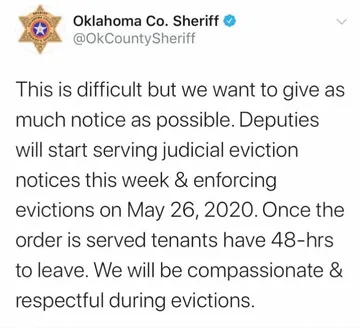
genocide_eviction.jpg
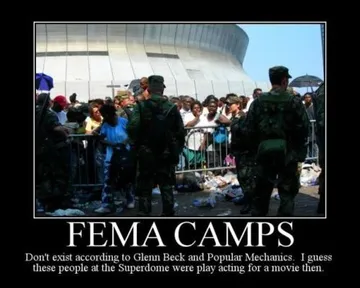
genocide_fema1.jpg
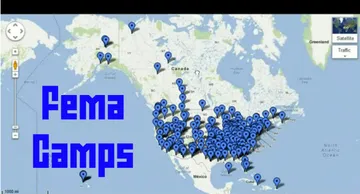
genocide_fema2.jpg
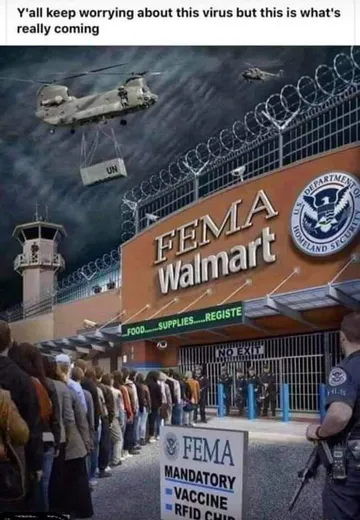
genocide_fema3.jpg
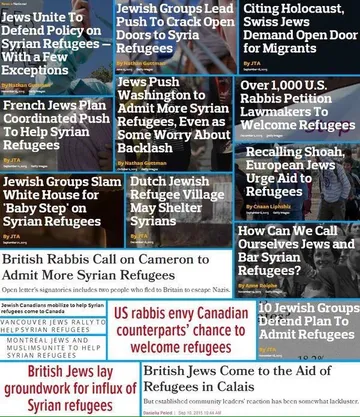
genocide_migration.jpg
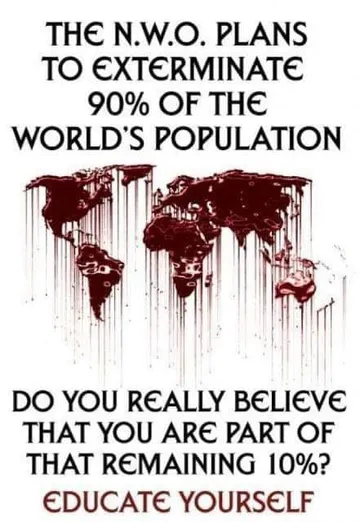
genocide_nwo.jpg
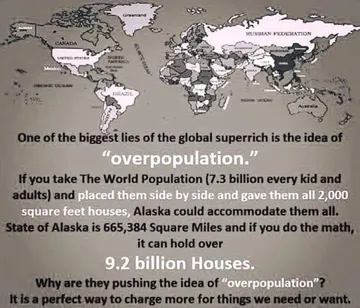
genocide_population_control.jpg

genocide_rwanda.jpg
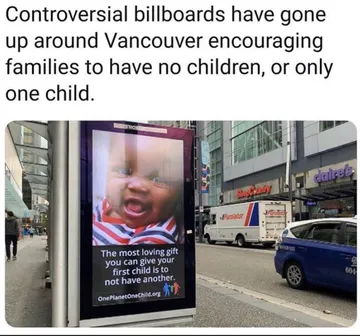
genocide_voluntary.jpg

mayan_aztec_genocide.jpg

passport.jpg
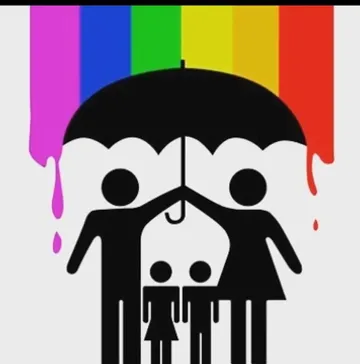
protectOurKids.png
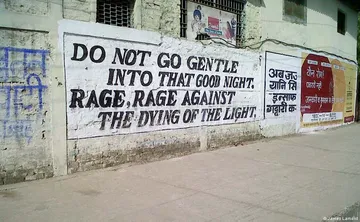
rage.jpg
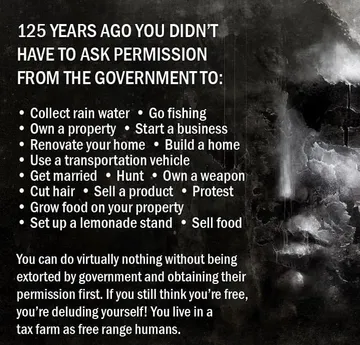
rights.jpg

tap_water.jpg
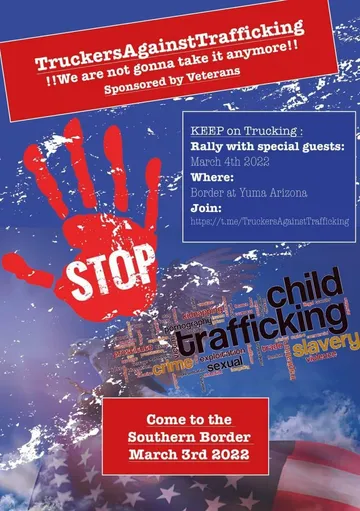
truckerAgainstTrafficking.jpg
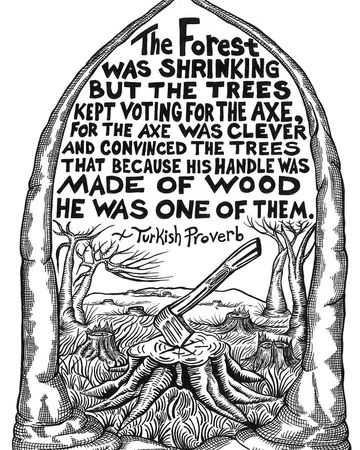
turkish_proverb.jpg
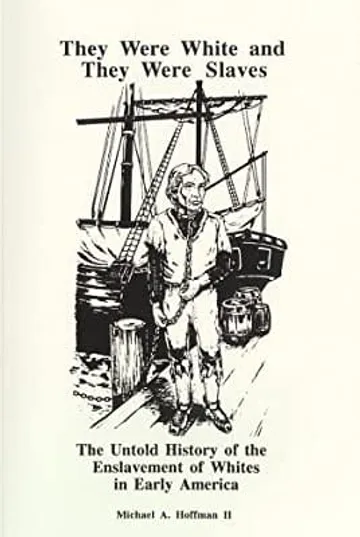
white_slaves1.jpg
